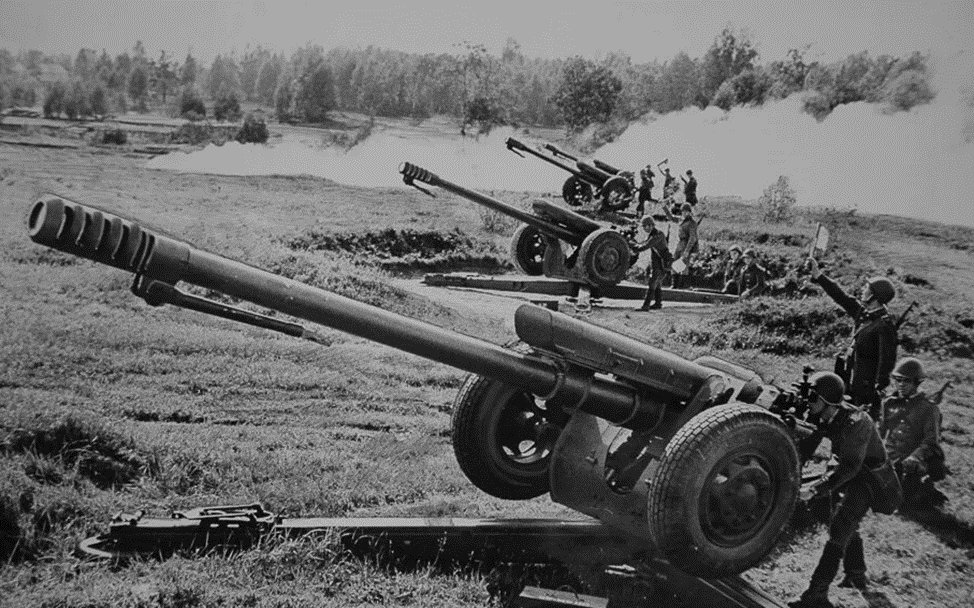Sublime
An inspiration engine for ideas
Marshall presented his proposal when the Combined Chiefs met on the afternoon of Christmas Day. “I am convinced,” he said, “that there must be one man in command of the entire theater—air, ground, and ships. We cannot manage by cooperation. Human frailties are such that there would be emphatic unwillingness to place portions of troops under another
... See moreJean Edward Smith • Eisenhower in War and Peace
Leavenworth’s “applicatory method” drew heavily upon military history to analyze the quandaries faced by an army’s high command and to devise solutions under rapidly changing conditions. Students learned, through map exercises, to plan and control the movement of troops from afar.
Steven Rabalais • General Fox Conner: Pershing's Chief of Operations and Eisenhower's Mentor (The Generals Book 3)
The ‘Old Fritz’ had earned his affectionate nickname in a series of successive military victories (including against France in 1757), often leading his men into battle in person, putting himself in such danger that several horses were shot from under him.
Katja Hoyer • Blood and Iron: The Rise and Fall of the German Empire

“It is a strategic error to place oneself in a situation contradictory to the moral character of this war,” de Gaulle reminded Churchill.
Jean Edward Smith • Eisenhower in War and Peace
Paul von Lettow-Vorbeck,
Max Boot • Invisible Armies

To compound the problem, Gerow disregarded the lessons of North Africa, Sicily, and Salerno, and launched his attack frontally at German strong points rather than assaulting them from the flank or rear. That was the head-on doctrine preferred by General Marshall and which was taught in the Army’s advanced schools. Gallantry, it was believed, would
... See moreJean Edward Smith • Eisenhower in War and Peace
“[L]eader development is our true competitive advantage to be preserved as our first priority if we are to remain the most powerful and adaptive land force in the world.